How to grow squash: What to plant, where to plant it and the advice that is 'gardening gold, pure and simple'
In years of growing all sorts of different types of squash, Mark Diacono has formed strong opinions on the best varieties to try. Here he shares his wisdom.

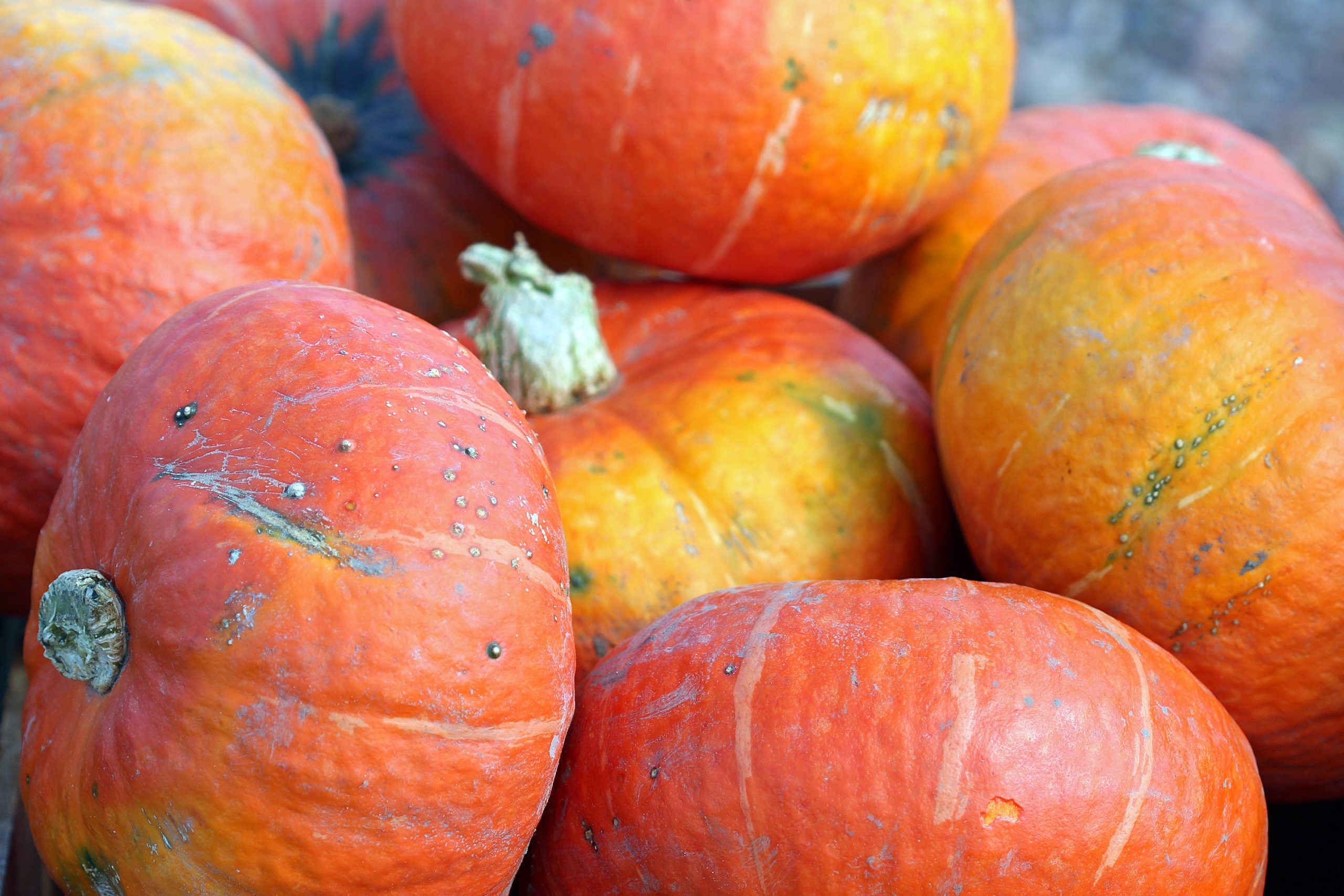
I have given and received many excellent pieces of advice in my life. ‘Never eat a biscuit that floats’ and ‘Unless it’s 1976, don’t listen to the new Dylan album’ rank highly. Yet nothing quite matches the words I heard a respected Irish grower give a new allotmenter, anxious that he might have bitten off more than he could chew: ‘Sure as shite, y’should give up half of it to squash. They’ll grow for any clown.’ This is gardening gold, pure and simple.
As long as you get them off to a good start, a few squash plants will wander across your veg patch, filling spaces, smothering weeds, retaining soil moisture and make you look horticulturally masterful, yet ask little of you in the process. By early autumn, you’ll be taking armfuls of beautiful, impressive squash to the kitchen and, at a time of high harvest, it is one crop that there’s mercifully little rush to use.
"Those I love best I recommend with a vigour bordering on decree: these really are the ones to grow"
There is confusion about what makes a squash a squash and where the lines separate it from a pumpkin or a gourd. The divisions are blurry and the botanics no great help. The distinction is best made in the kitchen: although most are edible, gourds should be left as ornamental, pumpkins are best hollowed out for Halloween and squash are, by some distance, the most delicious.
Perhaps more than most vegetables, variety is crucial with squash. I’ve grown perhaps 30 different kinds over the years and, although most are as easy to grow as another, the difference in the reward is astonishing. Those I love best I recommend with a vigour bordering on decree: these really are the ones to grow.
Uchi Kuri (also known as Red Kuri, or Uchiki Kuri) has bulb-shaped fruit that light up the summer veg patch with yellow, turning a rich, deep orange as autumn approaches. Reliable and delicious, its flavour is sweet, earthy and much more complex than many one-dimensionally sweet squash.
Crown Prince is also a beautiful squash. It is a classically wide, squat plump shape, like a ribbed cheese, with a perfect Farrow & Ball combination of light grey/blue skin and bold golden flesh. It is full of flavour, with a complex, honeyed sweetness.
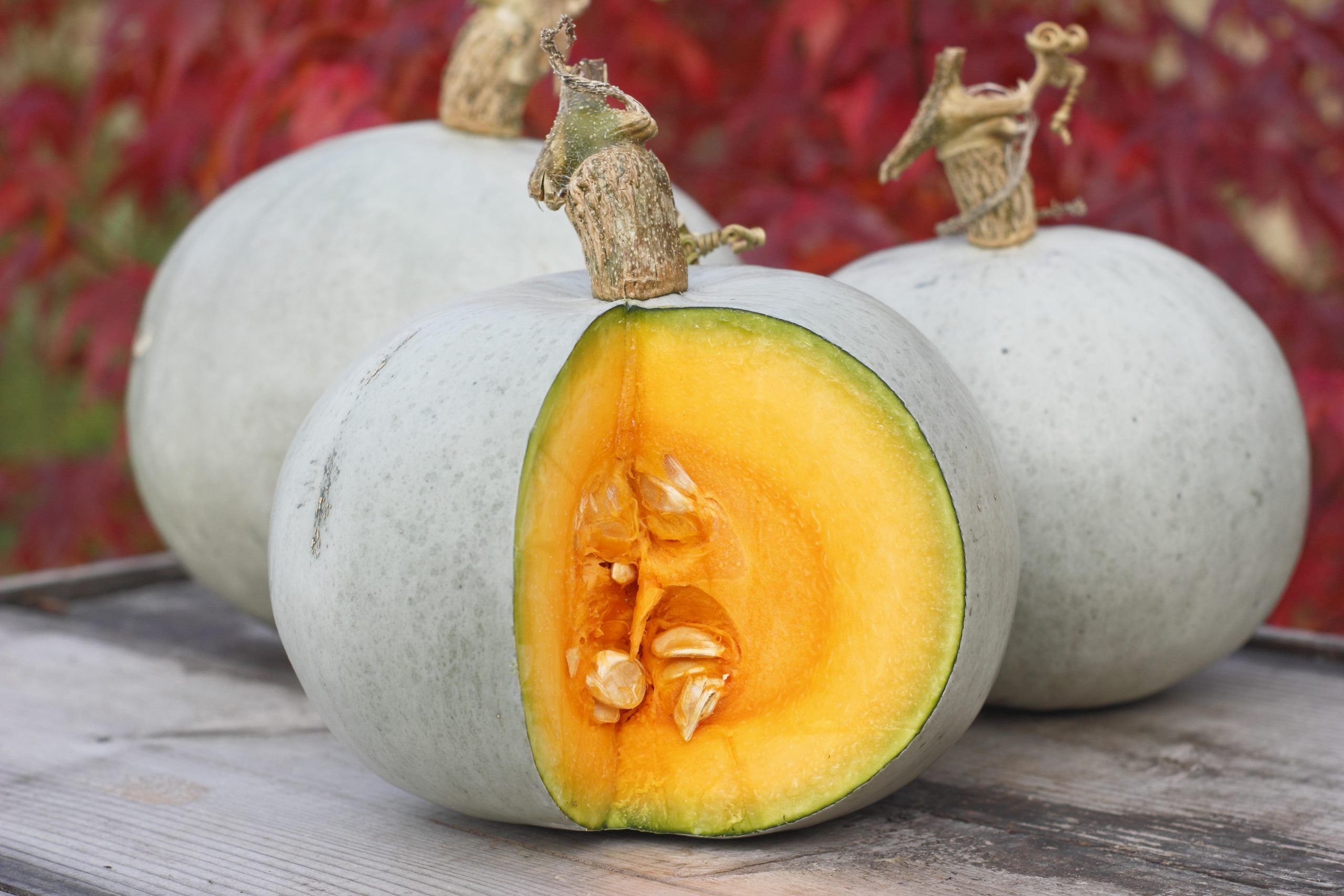
As with Uchi Kuri, Crown Prince roasts and mashes beautifully. The seed is expensive and can be hard to source at times; the very similar Queensland Blue is a fine substitute.
Exquisite houses, the beauty of Nature, and how to get the most from your life, straight to your inbox.
The third variety I grow every year is Acorn Table. It is more savoury than many and has a delicious earthiness that I think suits mashing, gratins and so on. Its deep-green fruit have a wonderful ribbed acorn shape, the leaves are similar to those of rhubarb and they are one of the earliest to mature, making them reliable even in a questionable summer.
If sweetness is your thing, you could risk a butternut squash: you’ll need a sunny spot and a good summer for them to do well. Go for Early Butternut, as it doesn’t need as much heat as other butternuts and, here in Devon, it is pretty reliable.
As with most vegetables, I grow at least one variety every year that is new to me and one old favourite: this keeps the harvest varied. This autumn, I will find out whether Baked Potatoes is as nutty as I’m told and Muscat de Provence, a large, gorgeous, flat squash with deep orange flesh, makes a welcome reappearance.
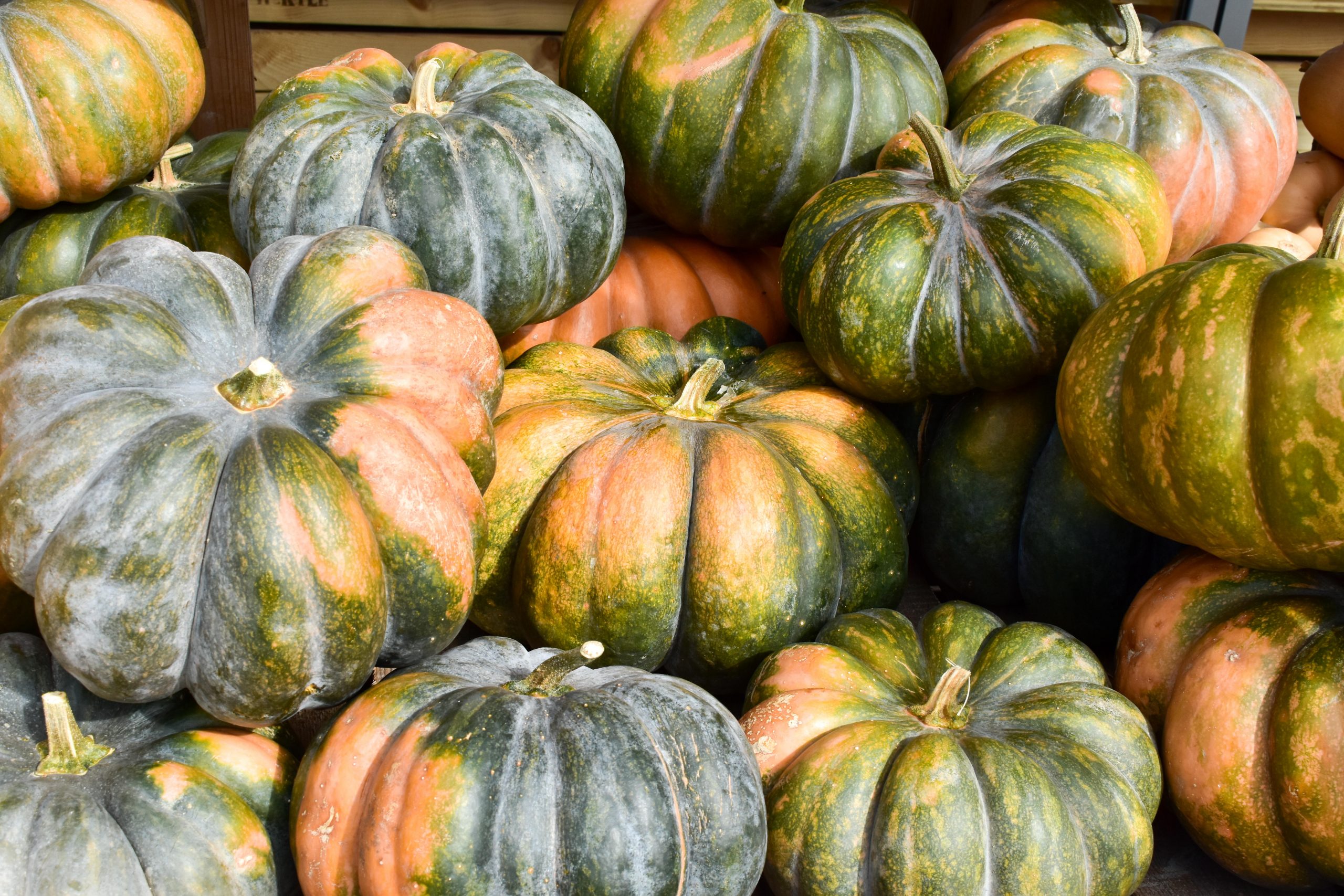
One of the pleasures of squash is their unhurried nature. There’s no rushing about to get them sown early by a particular date or desperation to pick them, as there is with cauliflower. They are relaxing.
They do need to be allowed to grow steadily, however. Start them off undercover in spring in small pots, sowing the seed on its edge to minimise the chance of rotting. When established, with four leaves or so, and you are beyond certain that frosts have passed, plant them out. I excavate a hole bigger than required and add a few handfuls of compost.
It looks ridiculous to space them a yard apart, but the leaves will fill the space, mulching weeds out and keeping soil moisture in. Water in well, and steadily through any dry spells.
When the fruit is grown, it’s important to leave them to ripen as long as you can; ideally until frosts are imminent. Cut them with a short stalk — it seems to help against rotting — and store somewhere light, but not warm, to ripen a little for a week or so. Most will store well into the winter.
Mark Diacono grows edibles, both usual and unusual, at Otter Farm in Devon — www.otterfarm.co.uk
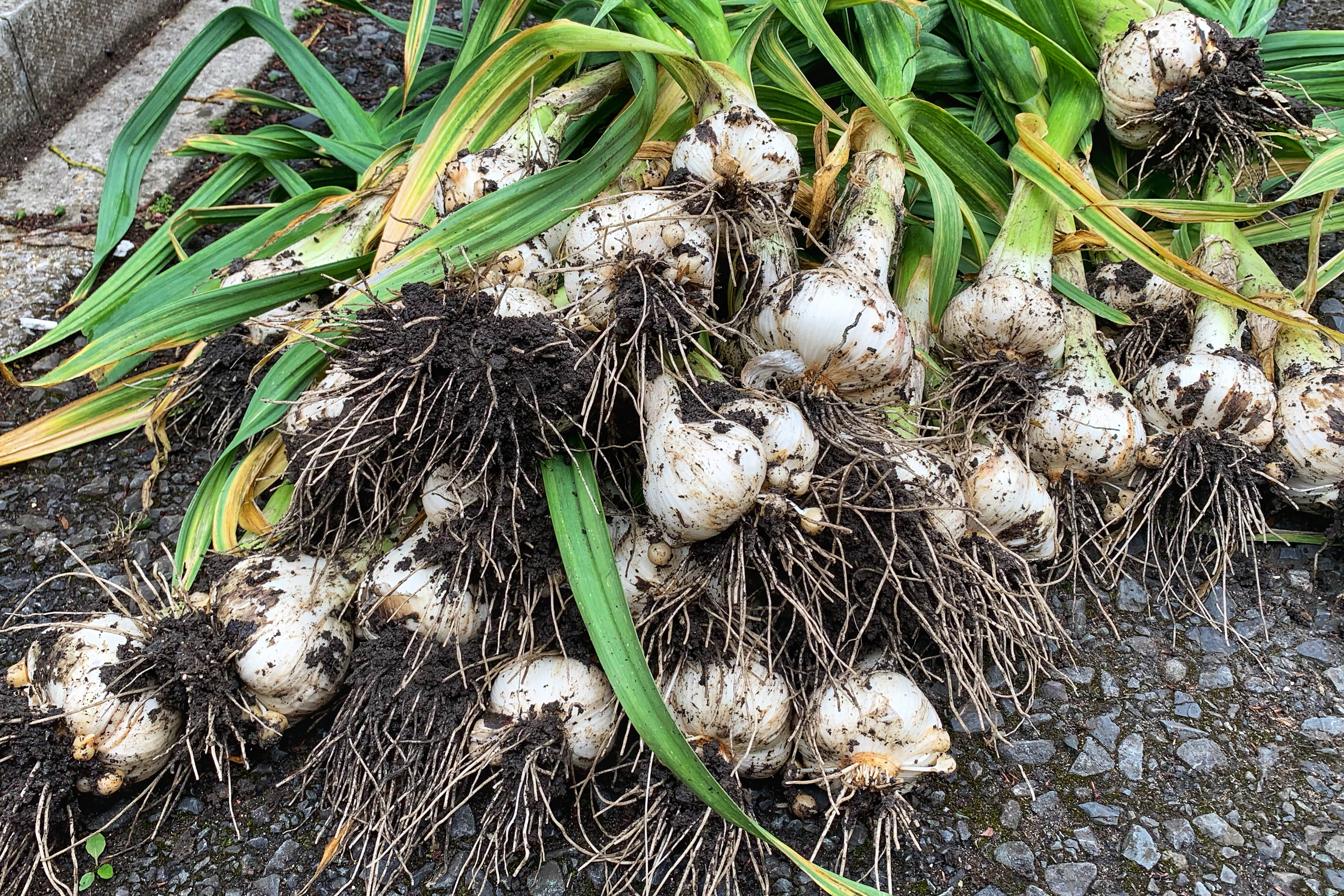
Credit: Getty Images
How to grow garlic: Delicious, lucky and superbly easy to cultivate
Mark Diacono teaches us how to grow garlic.
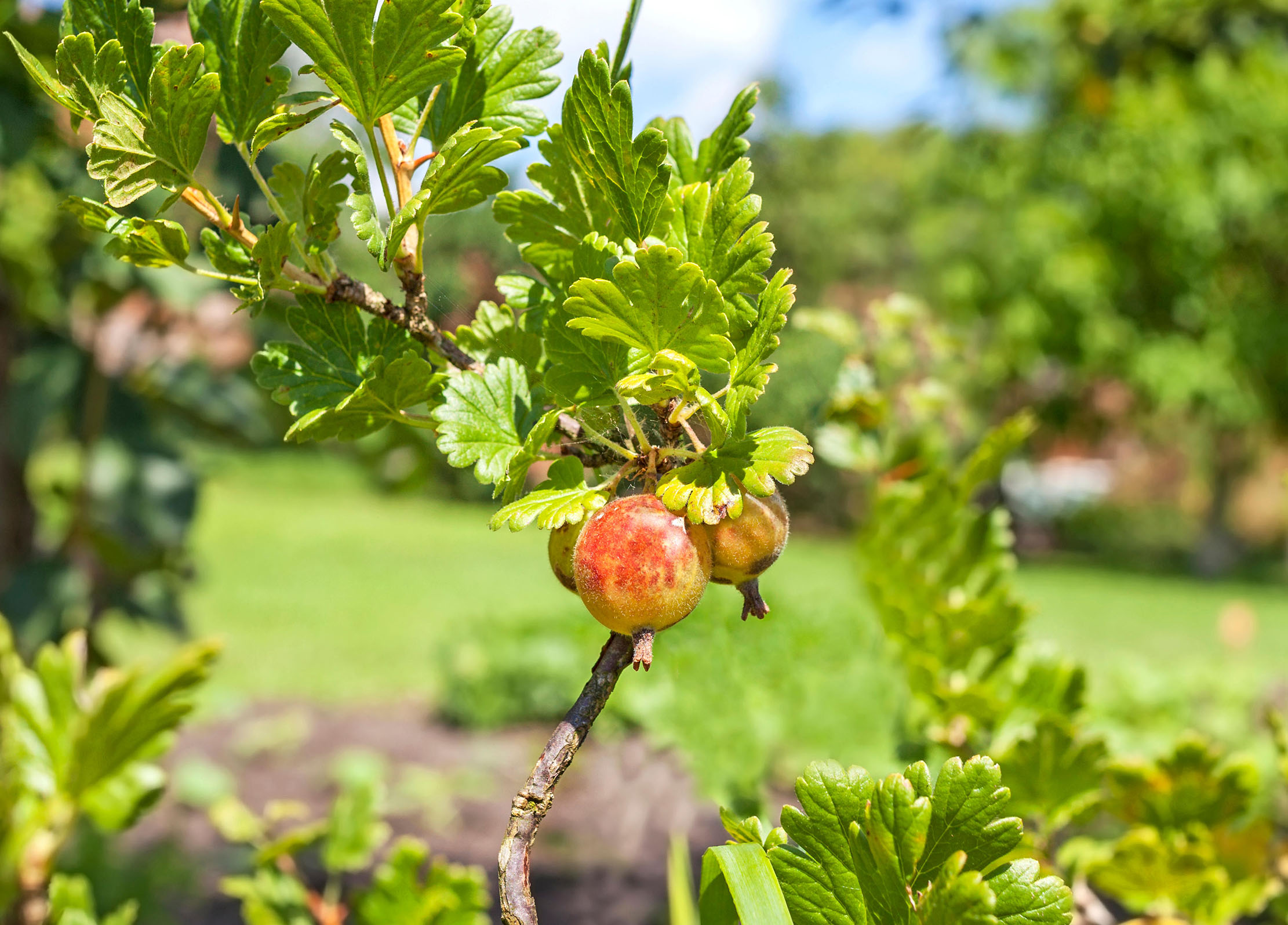
How to grow gooseberries: What to plant, how to look after them, and best ways to enjoy the harvest
Mark Diacono explains everything you need to know about gooseberries, the fruit 'that's really two fruits in one'.
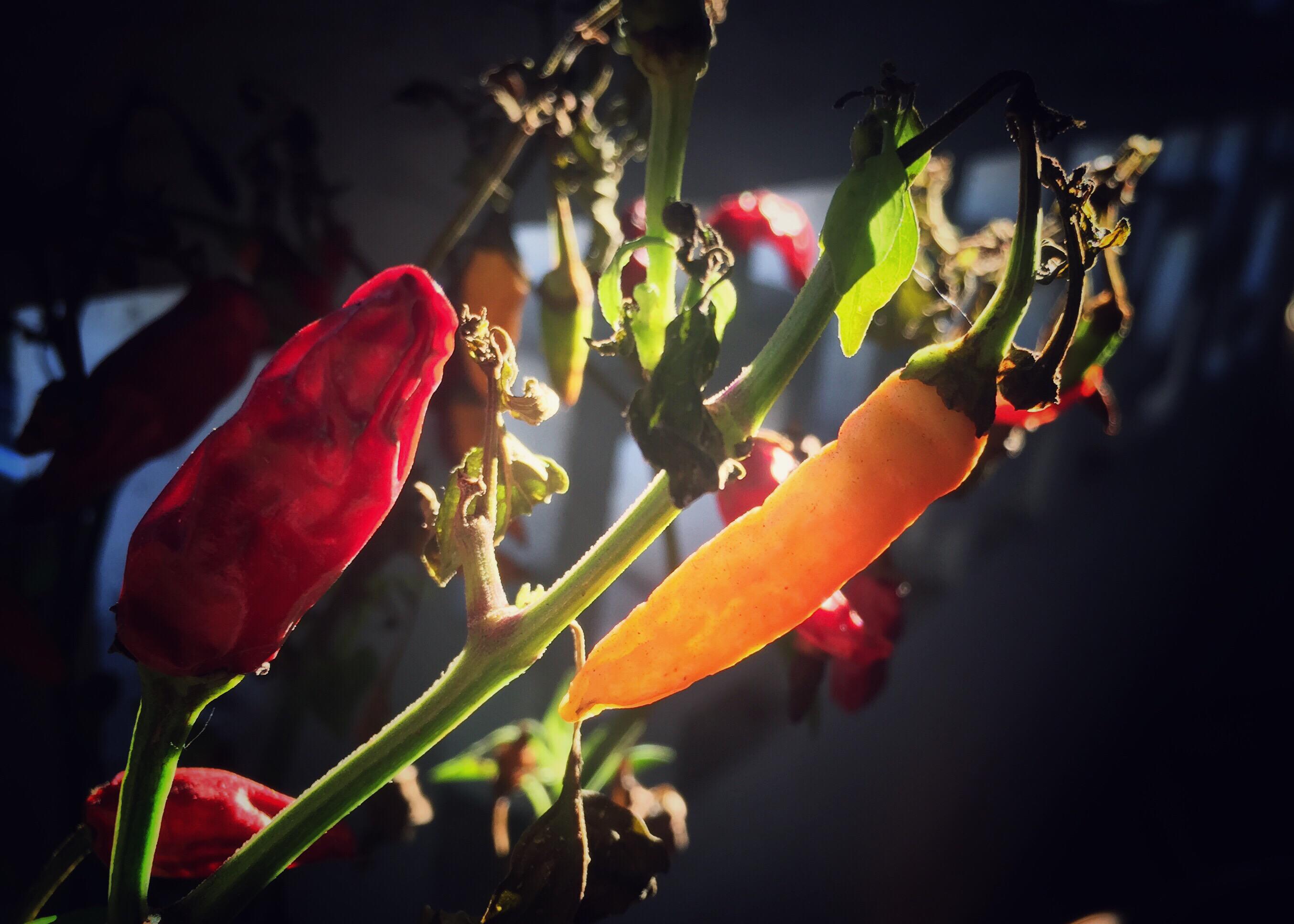
How to grow chillies in Britain: What to plant, where to plant them and how to make them grow
We associate chillies with hot climates, but they can be grown on these shores — Mark Diacono explains how.
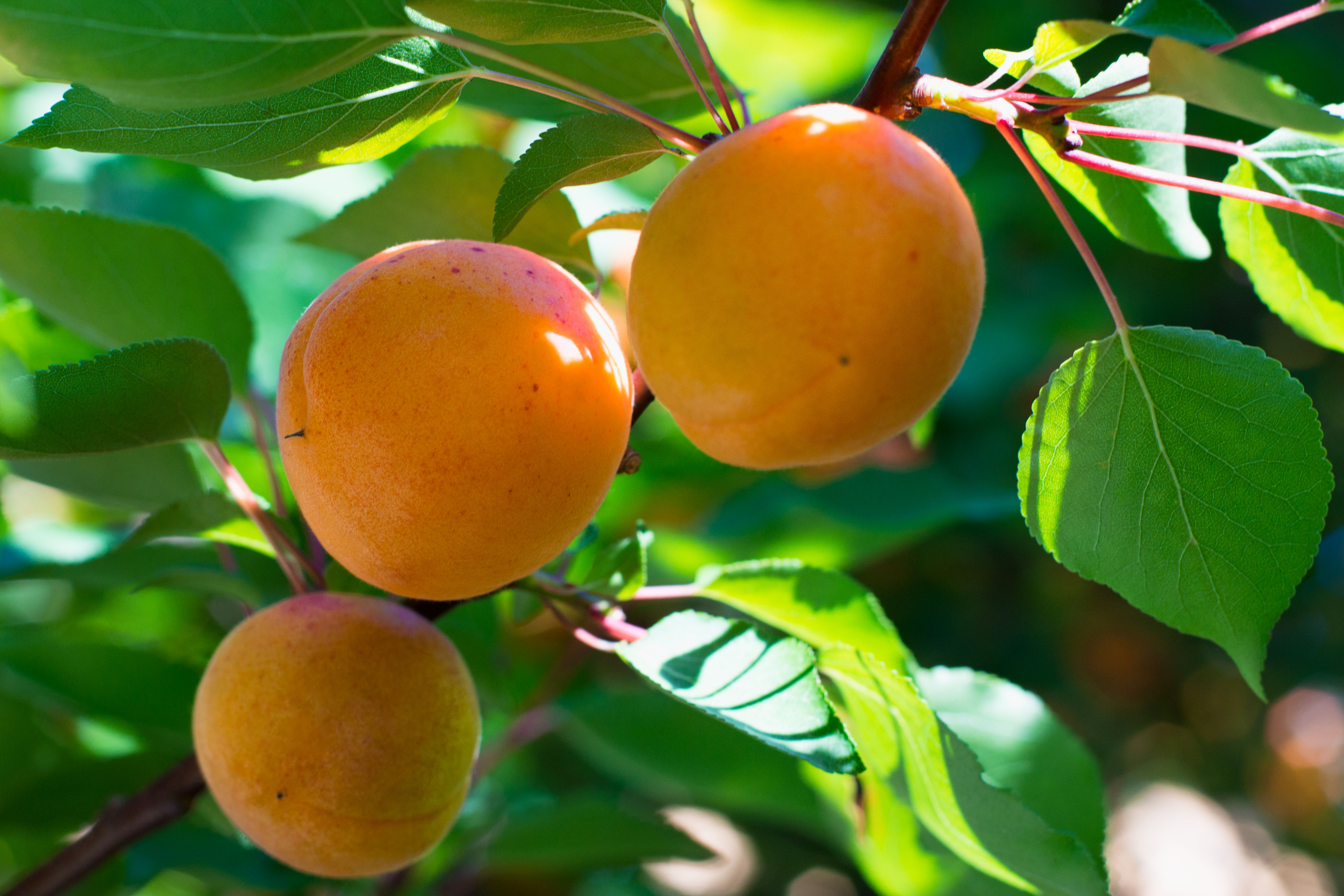
Credit: Alamy
How to grow your own apricots and enjoy 'deep, honeyed richness' far beyond what you'll find in the shops
Mark Diacono hasn't eaten a fresh apricot from a supermarket in years — here are his tips on how to grow
Mark is lucky enough to spend most of his time eating, growing, writing and talking about food. He has written fourteen award-winning books, including A Year at Otter Farm and A Taste of the Unexpected (both won Food Book of the Year, and Garden Book of the Year). Known for growing everything from Szechuan pepper to pecans to Asian pears, Mark's refreshing approach to growing and eating has done much to inspire a new generation to grow some of what they eat. He was involved in the early days of River Cottage, appearing in the TV series, and writing four River Cottage books. Mark writes to a global audience on his best-selling Substack: Mark Diacono’s Abundance.
